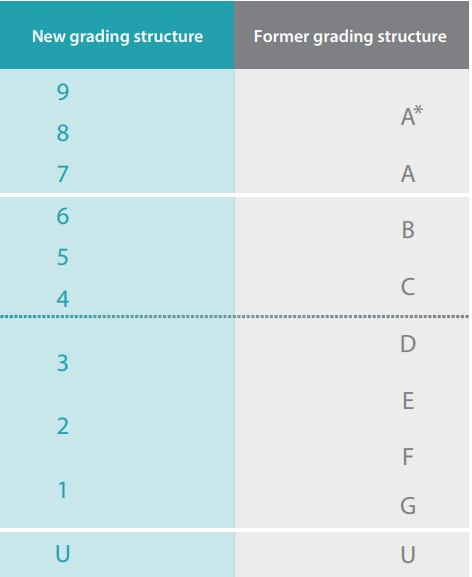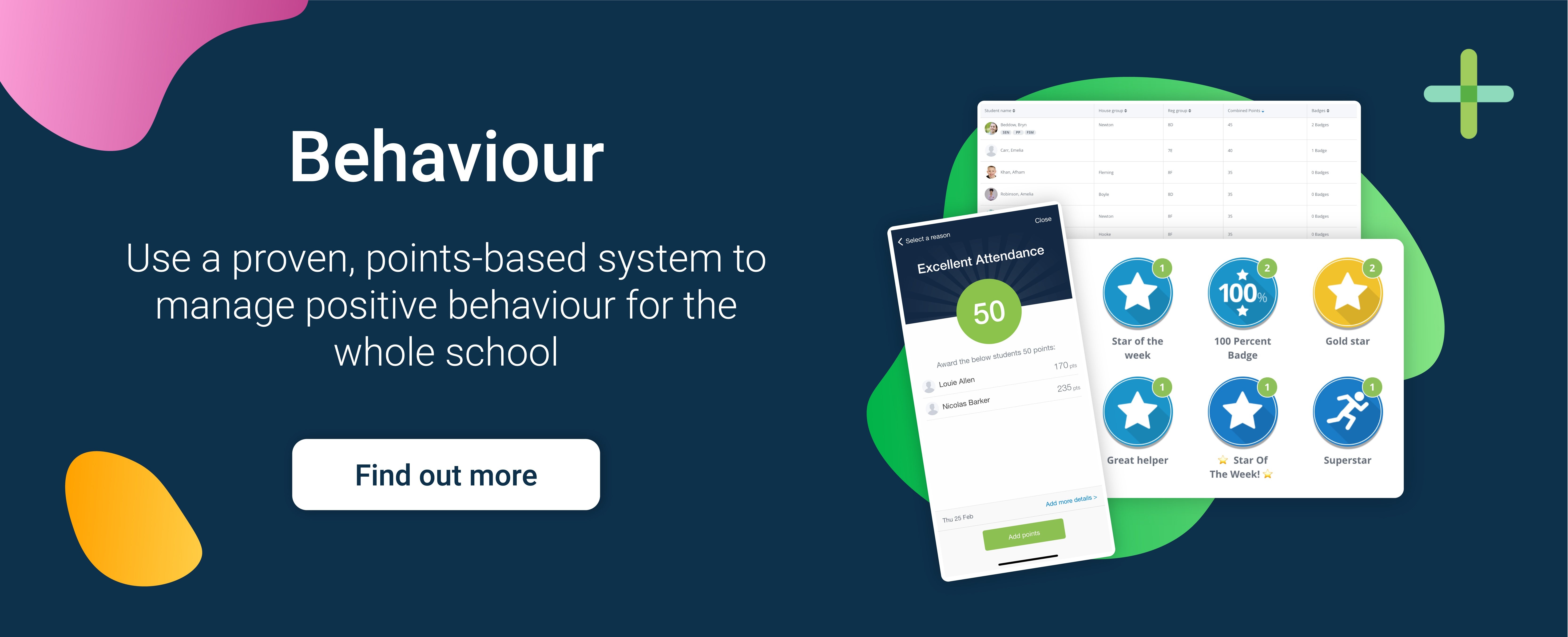Author: Bethany Spencer
Posted: 11 Apr 2018
Estimated time to read: 8 mins
Progress 8 was introduced in 2016 for all schools with the intention of ensuring students are studying a broad and balanced curriculum, inclusive of Ebacc subjects.
It was introduced to help shift the focus from borderline C/D pupils and put emphasis on students’ progress, to ensure that every student receives the same amount of attention from teachers and are pushed to achieve their full potential. Progress 8 and and Attainment 8 can now be used alongside eachother to measure student's learning.
What is Progress 8?
Progress 8 is the new accountability measure that determines students’ progress across 8 subjects. This is a value added measure whereby students’ results will be compared to students who had the same prior attainment score at KS2.
The end results will be used to determine the success of secondary schools based on students’ academic achievement relevant to each pupil’s ability.
This means that student progress will no longer be based on whether or not students are able to achieve a C grade or above, as not all students start at the same point. Instead, it will focus on the progress a child makes throughout their time in secondary school. 
Progress 8 has been introduced alongside another accountability measure, Attainment 8, which will measure individual student progress. This is the performance score on which a school’s Progress 8 score will be determined. In order to fully understand Progress 8, knowledge of Attainment 8 is necessary.
What is Attainment 8?
The Attainment 8 score is the average measure of an individual student’s progress across their 8 best performing subjects which fall into three 'Attainment 8 buckets'; if these 8 best subjects do not fall into the three designated buckets for ‘English & Maths’, ‘Ebacc’ or ‘Other’ subjects, the score will not be counted.
What’s the difference between Progress 8 and Attainment 8?
The Attainment 8 score measures the achievement of an individual student across their eight best performing subjects. The Progress 8 score measures how well they’ve progressed since their time in secondary school compared to their peers who were at the same level as them at key stage two. Collective student Progress 8 scores will be used to determine the success of whole secondary schools based on how much progress all students have made.
How do you calculate Attainment 8?
In order to calculate Attainment 8, the traditional GCSE grades are translated into numbers, where a grade 8 will represent the A/A* boundary, a 1 will represent a G and 4 will indicate a pass, the same as that of a C grade.. A 9 has been introduced to recognise truly outstanding work, fewer of these will be awarded than A*s have been historically.
New Conversion Table

As of 2019, the vast majority students’ attainment 8 points will be graded numerically with no conversions needed, unlike 2017 and 2018 results, due to most subjects having been moved over to the new grading scale. However the full reform of subjects won’t be fully implemented until Summer 2020.
The three buckets in which subjects will fall are as follows:
Bucket 1: English and Maths
These slots will be filled by English and Maths. The score for Maths will be double weighted, whereas the English score will only be double weighted if both English Literature and English Language are taken.
The highest scoring English mark will then take the double weighted space in Bucket 1, whilst the remaining English score can be used in the third bucket, but only if it is of a higher score than other subjects in this bucket. This is the only bucket in which scores are double weighted.
Bucket 2: Ebacc subjects
Bucket 2 will be filled by a student’s three highest performing grades from the Ebacc subjects, which are as follows:
- Separate Sciences
- Core & Additional Sciences
- Computer Science
- History
- Geography
- Languages
Bucket 3: Other subjects
The final bucket will be filled by the three ‘Other’ subjects in which students have received their highest grades. These can include the remaining English subject (dependent on whether both English Literature and Language were taken, although the score will not be double weighted), and lower graded Ebacc subjects.
Slots can also be filled by ‘Other’ GCSEs or approved academic, arts or vocational qualifications by the DfE. It must be noted that this bucket again takes the highest scoring grades out of all of these subjects. For example, if a student did take English Literature and Language as well as Media Studies, and their grade for Media Studies is higher than the remaining English grade, this will be counted.
It is not mandatory for students to fill all three buckets or to take 8 qualifications, however, if a slot in any bucket is not filled, students will receive a score of 0.
Where will this be used?
In order to find out a student’s individual Attainment 8 score, the grades from the three buckets are added together and then divided by 10 (regardless of whether or not all slots are filled with a grade) - this will then tell us the Attainment 8 score. Grades are divided by 10 to reflect the 8 subjects taken - Maths and English count as 2 slots due to their double weighting.
It is a pupil’s Progress 8 score that will be published in performance tables and will replace the current system of pupils being expected to make 3 ‘levels’ of progress from KS2 to KS3.
In order to calculate a student's individual Progress 8 score, a student's estimated Attainment 8 score (the average Attainment 8 score for all pupils with the same prior Attainment score at KS2) is subtracted from a student's actual Attainment 8 score (the score achieved based on their GCSE results) and divided by 10
In order to calculate a school’s Progress 8 score, the mean average of all pupils’ Progress 8 scores is calculated. Meaning that all pupils’ Progress 8 scores are added together then divided by the number of pupils in the year group; this total is then rounded to 2 decimal places.
What does this mean?
The new Progress 8 score for schools will now be the only measure used for floor standards. If a school’s overall Progress 8 score is below -0.5 the school will fall below the new floor standard. As a result, this will trigger a visit from Ofsted and the school will be flagged as failing, as the -0.5 indicates that the school’s average attainment for pupils is half a grade lower than the national average.
How to Calculate an Attainment 8 score:
Amy’s GCSE results:
| Subject: | Attainment 8 score: |
| English Language | 7 |
| English Literature | 7 |
| Double Science | 6 |
| Maths | 6 |
| French | 5 |
| Humanities | 7 |
| History | 7 |
| Media | 9 |
| RE | 4 |
| Bucket 1 | Score | Bucket 2 | Score | Bucket 3 | Score |
| English Language | 14 | Science | 6 | Media | 9 |
| Maths | 12 | History | 7 | Humanities | 7 |
| French | 5 | English Literature | 7 |
Total Score = 67
Attainment 8 Score = Total score divided by 10
67/10 = 6.7
Progress 8 Explained
Calculating a student’s Progress 8 score:
*Please note that a student’s Progress 8 score is calculated in order to determine a school’s Progress 8 score.
Actual Attainment 8 score minus estimated Attainment 8 score divided by 10
Amy’s Progress 8 score:
Actual Attainment 8 score = 67
Estimated Attainment 8 score = 59.95
Progress 8 score = (67 - 59.95)/10 = 0.71 (rounded to 2 decimal places)
Calculating a school’s Progress 8 score:
The mean average of all students’ Progress 8 scores:
| Pupil Number | Pupil Name | Pupil's Progress 8 Score |
| 1 | Amy | +0.71 |
| 2 | Michelle | -0.32 |
| ... | ... | ... |
| Sum: | 28.5 |
The total of all pupil’s Progress 8 scores divided by number of students:
28.5/136 = +0.21 (to two decimal places)
Changes to Progress 8 and Attainment 8
Following on from the feedback received from schools regarding the overwhelmingly disproportionate effect a small number of extremely negative progress scores can have on a school’s average progress 8 score, the DfE have introduced a measure that will take these scores into consideration.
There is now a limit put in place as to how negative a pupil’s progress score can be, the pupils will still have a negative Progress 8 score, but to limit the disproportionate impact this can have on a school’s score a threshold has been introduced.




